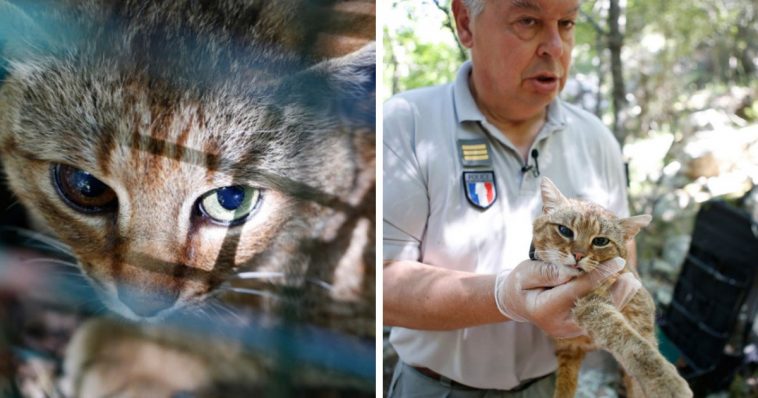Approximately 16 creatures roam elusively in the northern area of the Mediterranean island of Corsica, France, looking similar to larger-than-average domesticated cats, and they’ve recently gone from myth and legend to an officially recognized species of animal, adorably named “chat-renard,” or cat-fox.
The animals that resemble our beloved domesticated cats measure 90cm (35in) from head to tail, with “extremely large ears,” short whiskers, and “well developed” canine teeth among their characteristics. Not only that, but their fur resembles that of a fox, with a rich, silky coat, stripes on the front legs, very dark back legs, and a russet tummy, according to local experts.
In addition, foxes of this species generally have two to four rings and a black tip.
Pierre Bendetti, chief environmental technician of the National Bureau of Hunting and Wildlife, said:
We believe it is a wild natural species that has been known but has not been officially identified as it is a nocturnal animal that is extremely modest.
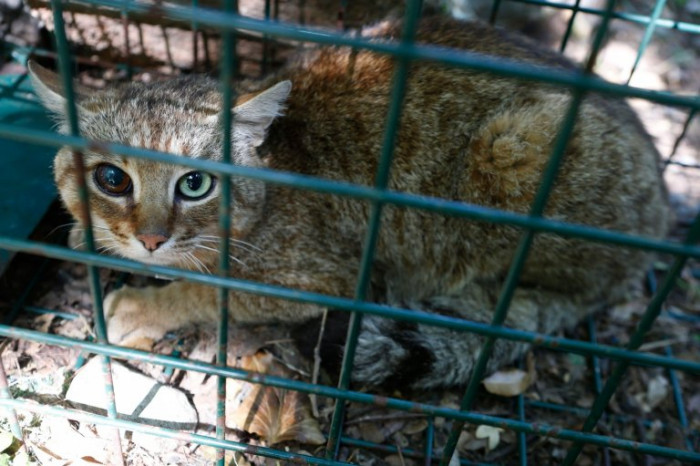
Charles-Antone Cecchini, a colleague of Mr Benedetti, said:
Our shepherd mythology includes the cat-fox. They passed down legends of forest cats attacking the udders of their sheep and goats from generation to generation.
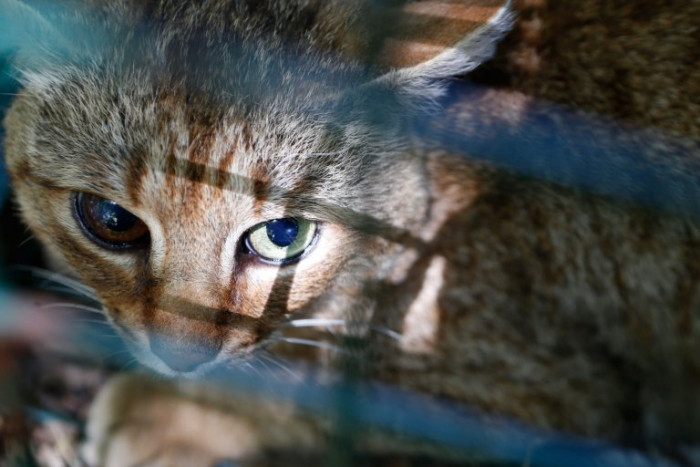
Fleas, ticks, and lice are naturally repelled by that lovely coat of fur.

The cat-foxes, known on the island as Ghjattu volpe, are found in the Asco forest and have an isolated environment with “water and plant cover giving shelter from its major predator, the golden eagle,” according to Cecchini.
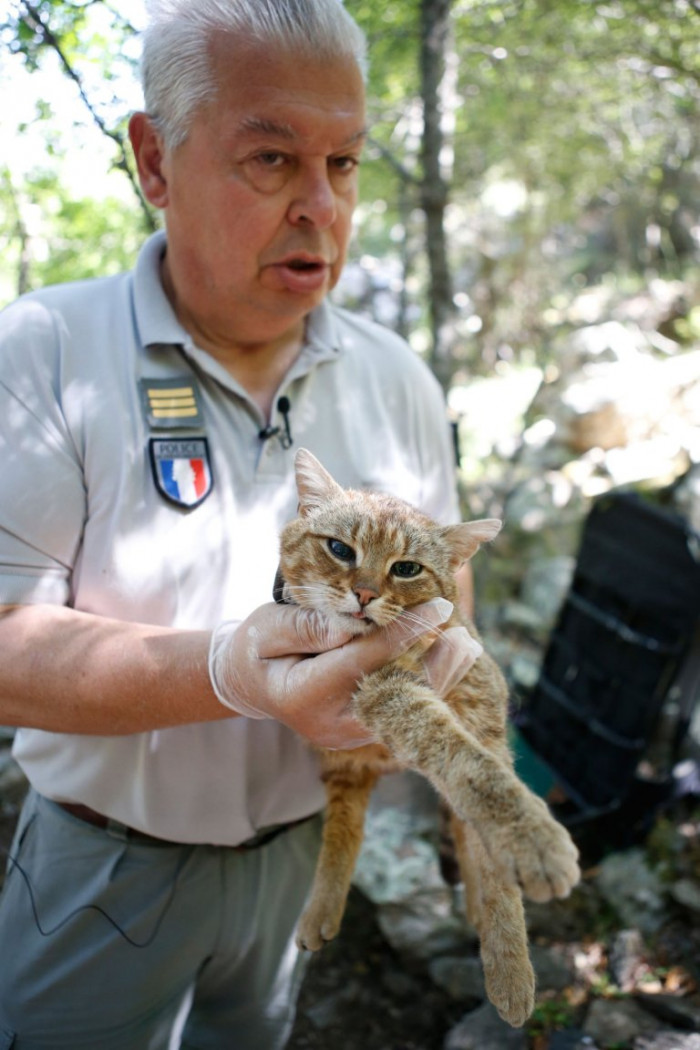
Benedetti has been studying rare species for more than ten years.
It took several more years for the study to officially begin, but in 2012 they were able to identify the fox’s genetic makeup using a procedure that required a cat-friendly core and a wooden pole that the creatures would rub against, leaving traces of their hair!

Mr. Benedetti went on to say:
We were able to identify it from the European wildcat, Felis silvestris silvestris, by looking at its DNA. It looks a lot like the African forest cat Felis silvestris lybica, but its precise identification is unknown.
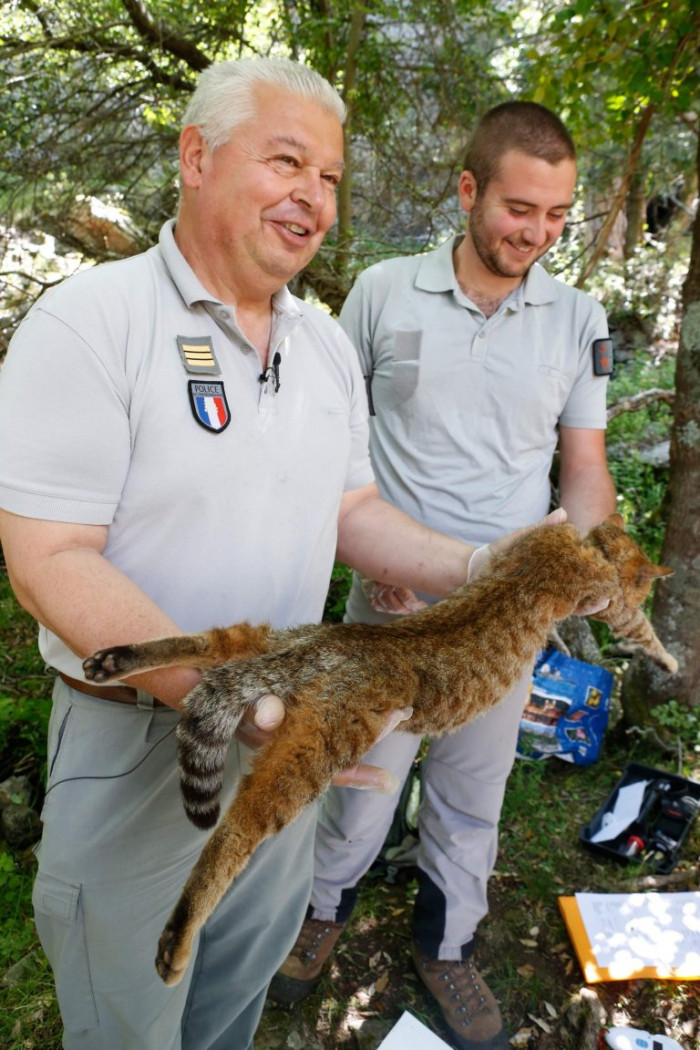
After a few more years of trial and error, the researchers successfully caught their first “cat-fox” in 2016 using a combination of advanced photography and subsequently physical traps.
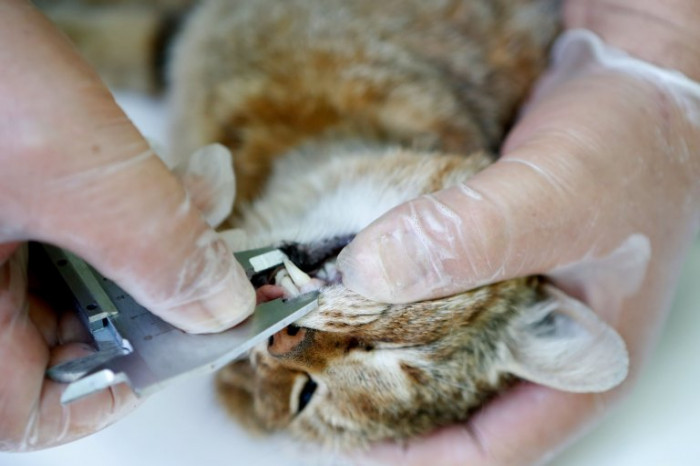
Many mysteries and unknown facts still surround the fox cat today.
“If the idea is correct, its origin is the Middle East,” says Benedetti, who believes the fox cat was transported to Corsica by farmers around 6,500 BC. At the moment, other minor mysteries remain, such as the fox cat and reproductive behaviors, which have not yet been fully investigated.

Benedetti was familiar with the cat that was humanely seized; an identifying chip in the creature’s neck indicated a familiar male between the ages of 4-6 years old who had been caught a few times previously. One of his eyes, a green one, and the other, a brown one, had been injured in a battle with another male cat-fox.
Benedetti and his colleague remove the GPS collar and replace it, allowing them to study 80 days of data before carefully releasing the cat-fox in forest.

